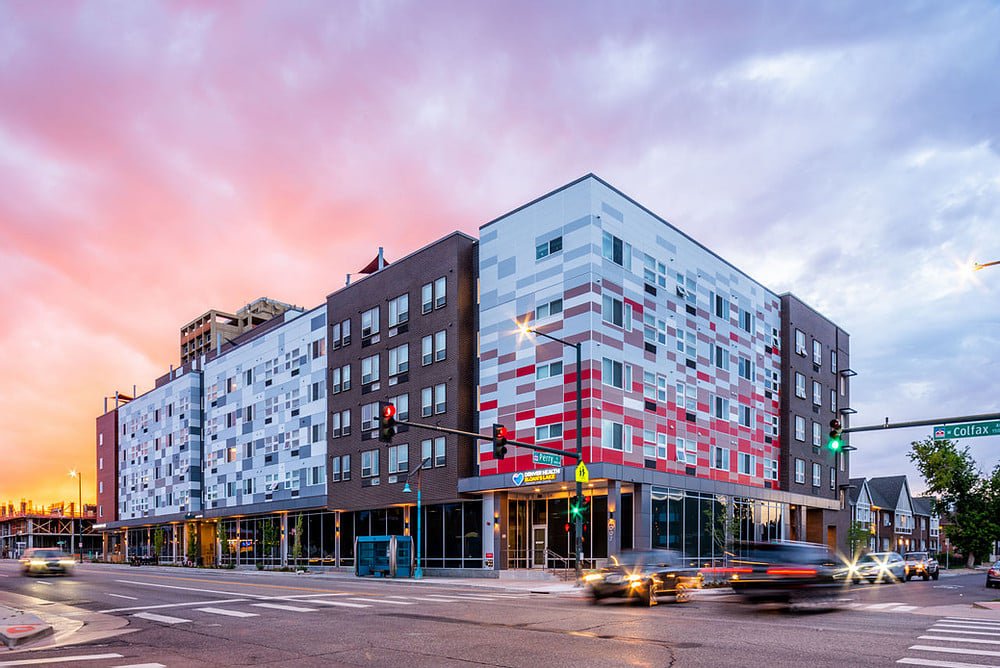Denver has changed quite a bit over the past decade. The population is growing at record rates, while affordable housing initiatives on the state level have stayed on the back burner as developers have reeled in on a booming housing market.
“Last year the real estate market went up 20% in ownership units; this year it’s projected to go up another 20%,” said David Nisivoccia, executive director of Denver Housing Authority (DHA).
READ: How Denver Is Failing to Address the Housing Crisis
Things are still looking up, though. Although Denver hasn’t done well in keeping up with the growing demand for affordable housing, over $62 million of gap bonds from the city will support DHA in 1,300 available affordable housing units, in addition to funding through the organizations Delivers for Denver (D3) Initiative, an attempt to kickstart the city’s Five Year Housing Plan.
The plan was announced last August and made a goal to cut the number of unhoused residents by half and increase income-restricted housing by 2026.
DHA is underway to complete seven of 11 projects, including the revitalization of the Sun Valley neighborhood, its most recent project.
In the Sun Valley neighborhood, DHA secured funding from the U.S. Department of Housing and Urban Development to complete 940 units. The neighborhood has an average household income of $14,460 and has largely been considered as one of the city’s most neglected neighborhoods.
Nisivoccia said the number of people moving to Denver, particularly those coming from more expensive cities who can afford to purchase a house here, drives up the real estate market.
In addition to affordable housing, DHA’s revitalization plan of Sun Valley will also improve the neighborhood’s landscape by featuring open spaces for local businesses, art installations and provide employment opportunities as well as better access to food, education and healthcare.
“The city and the county recognize the need for more affordable housing and I think the nation is waking up to the issue,” said Nisivoccia.
Last October, Denver Community Planning and Development, along with the Department of Housing, announced its Expanding Housing Affordability project. That report found that while Denver added 56,000 new housing units between 2010 to 2019, much of that growth was concentrated in higher-income neighborhoods and housing — 68% of housing growth was purchased by those that make an average of $91,000 a year. DHA’s income qualification typically starts at 30% AMI, which are considered to be extremely low-income households.
Nisivoccia added that gentrification, which has hit nearly every neighborhood in the city, is growing as fast as the city is. It also risks maintaining the cultural significance and diversity of the city, which is why projects with additional revitalization efforts along with more affordable housing units might be a more successful model.
“I think we all know people who could benefit from high-quality affordable housing that is integrated,” said Nisivoccia. “DHA is looking forward to playing our part and being a community partner.”






